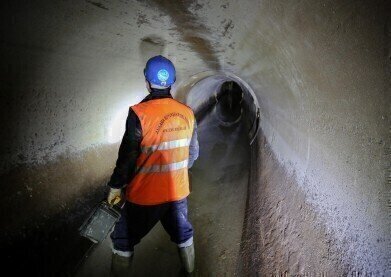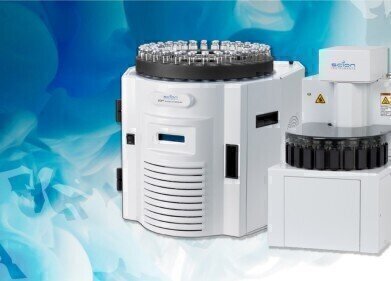Industrial News
Why Do Sewers Smell? Chromatography Takes on a Dirty Job
May 19 2015
Far below our streets and houses lie thousands of miles of pipes that we never give a second thought to — until something goes wrong. Then, faced with backed up toilets and stinking grids we remember that our waste water and faecal matter has to go somewhere. The sewers.
Fatbergs and smells
Taken for granted, many city sewers are based on systems and pipes designed and constructed in the Victorian era when the population was significantly smaller. Nowadays our sewers have to cope with more than human waste. Fat and other household items are a major source of sewer blockages, with massive fatbergs making the news as they cause drains and toilets to back-up and overflow.
To clear and clean our sewers means sending men and machines underground. A team in Australia have recently developed a method to measure the concentrations of sulphur compounds in the sewer’s air — and since sulphurous compounds cause the most noxious smells in the sewers this research could bring a breath of fresh air to sewer workers everywhere.
Familiar Smells in the Sulphides
Many of the smells we know can be traced back to sulphur and its componuds. Examples include hydrogen sulphide smelling like bad eggs and thiols (organic compounds with an –R-SH group in the molecule) added to natural gas so we can detect gas leaks by smell.
Many of the smells in sewer systems come from sulphur compounds — so the researchers at the University of NSW, Australia have developed a method to detect and quantify these compounds. The method is described in the article ‘Determination of VOSCs in sewer headspace air using TD–GC–SCD’ and was published in Talanta.
Chromatography finds the Smells
One of the challenges faced by the researchers was in the sampling and preservation of the samples — something that all chromatographers need to be aware of. Previous research by the team had identified sample containers that were inert to the volatiles likely to be found in sewer gases. The team took regular samples and stored the samples in an environmental chamber to minimise volatile losses through the sample bags before analysis.
The analysis of the samples was carried out using gas chromatography (GC), but first the samples were thermally desorbed. Thermal desorption (TD) is a standard analytical technique used in chromatography to allow GC to be used with low concentration analytes. A comparison of TD with other techniques used in trace VOC analysis is discussed in this recent article from Chromatography Today ‘Trace Level VOC Analysis in Different Sample Matrices’. The team developed the method using a sulphur chemiluminescence detector (GC-SCD) which detected a wide range of volatile sulphur compounds.
The new method increases the number of compounds that can be tested in sewer air — and with good sensitivity and specificity means that the detection of sulphur compounds in foodstuffs, oil products and wine will also benefit.
So next time you flush — TD-GC-SCD could be quantifying your waste.
Digital Edition
Chromatography Today - Buyers' Guide 2022
October 2023
In This Edition Modern & Practical Applications - Accelerating ADC Development with Mass Spectrometry - Implementing High-Resolution Ion Mobility into Peptide Mapping Workflows Chromatogr...
View all digital editions
Events
ACS National Meeting - Fall 2024
Aug 18 2024 Denver, CO, USA
Sep 04 2024 Chiba, Tokyo, Japan
Sep 04 2024 University of Warwick, Coventry, UK
Sep 10 2024 Rockville, MD, USA
Plastics Recycling World Expo Europe
Sep 11 2024 Brussels, Belgium














